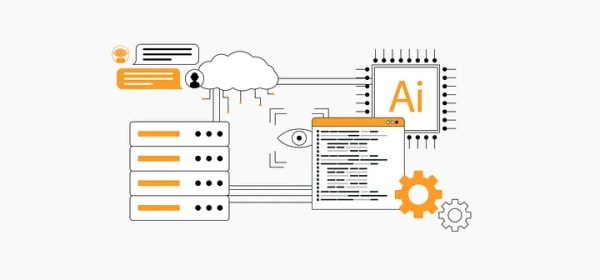The rise of generative AI technology has led many AWS customers to prioritize productivity gains, focusing on both individual and team development productivity. Measures such as system and team health, CI/CD processes, and employee well-being play a crucial role in understanding and improving development productivity. Utilizing tools like Amazon Q Developer can further enhance outcomes and well-being.












